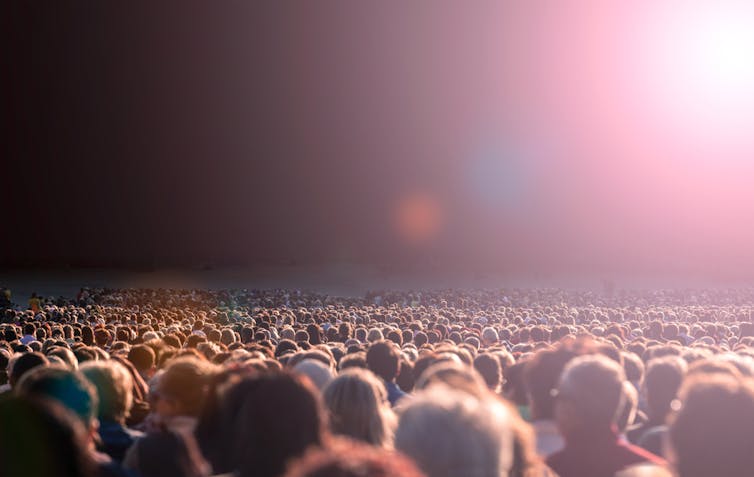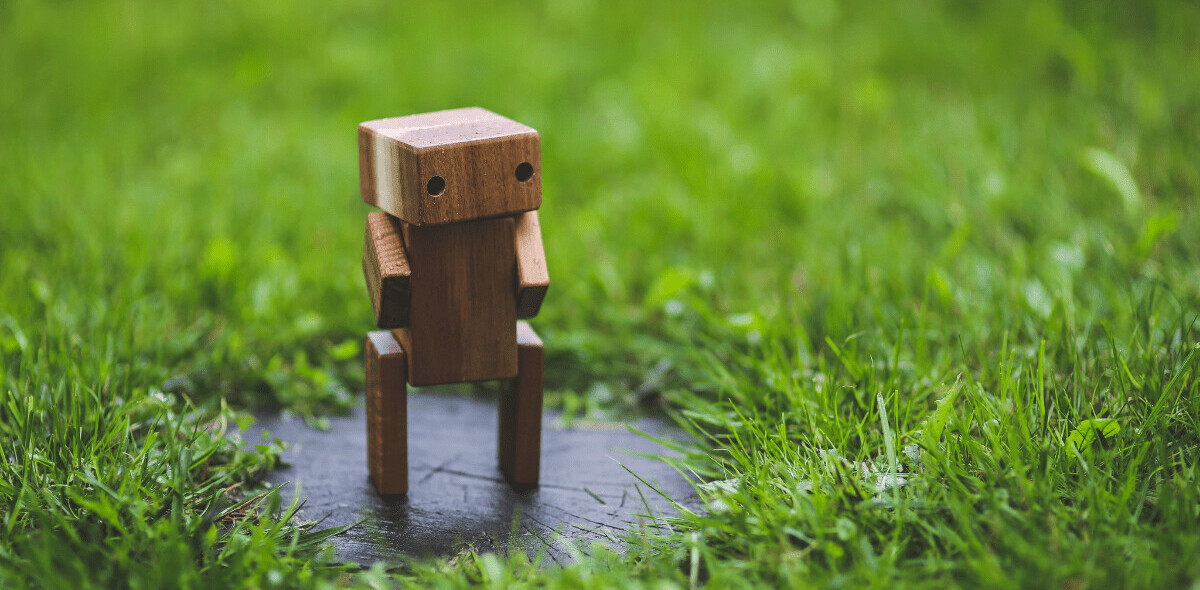For many people, the most distressing part of the coronavirus pandemic is the idea of social isolation. If we get ill, we quarantine ourselves for the protection of others. But even among the healthy, loneliness may be setting in as we engage with pre-emptive social distancing.
There is some great advice out there about how to stay connected at such times. But why is the act of social distancing so hard for so many of us? The answer probably has more to do with our evolutionary history than people might think.
Humans are part of a very sociable group, the primates. Primates are distinguished from other animals by their grasping hands and various ways of moving around, and because they show a high level of social interaction.
Compared to other mammals of the same body size, primates also have larger brains. There are several hypotheses about why this is. We know, for instance, that within the primates, species that face ecological challenges like accessing hard-to-reach foods have slightly larger brains. Doing these things may require more sophisticated brains.
Our large brains seem to be as much about managing our social relationships as our survival skills. Brain size in all mammals is linked to understanding and intelligence. In primates, it is also positively correlated with social group size.
Living in groups requires us to understand relationships, both amicable and conflicting, with those around us. For primates, remembering how two individuals have interacted in the past, and how they might feel about each other now, is necessary knowledge when deciding who to approach for help. Social skills are therefore fundamental for survival in group situations.
Human brains are even larger than those of other primates. If we apply the scaling rule to ourselves, we would predict an average social group size of around 150 people. This prediction seems to be true. Workplaces, for example, have been shown to function better when there are no more than 150 employees.
Read: [World Health Organization and gaming industry partner to encourage social distancing]
Why live in groups?
Living in a group offers various advantages. Larger groups have better defenses against rivals and predators. They are often better able to find food – more pairs of eyes searching for fruit trees means more success – and they are more able to defend that food from competitors.
There are reproductive advantages, too. The larger the group, the more likely any individual is to be able to find a suitable mate.

In more social species, there is also the potential availability of alternative care-givers to babysit or teach the young. Infant primates have lots of complicated social and physical skills to learn. Living in a group gives them more opportunities to develop those skills in a safe environment under the watchful eye of an elder.
Finally, larger social groups have more capacity to generate, retain and transmit knowledge. Older members are more numerous in larger groups. They may remember how to access difficult or unusual resources, and be able to show others how to do it. This can mean the difference between survival or death. For instance, in a drought, only the oldest members of the group may remember where the remaining water holes are.
How are we different?
All this goes some way to explaining why being socially isolated can be so very uncomfortable for us. Modern humans are one of the most social species of all mammals.
As we evolved since our split with chimpanzees, our brains have continued to expand. These increases seem to fit with even more intense reliance on the community.
Several of our distinctive features, including language and culture, suggest that modern humans are particularly dependent on social living. The most convincing evidence, however, may come from our characteristic division of labor.
A division of labor means that we allocate various specific tasks to different people or groups. In hunter-gatherer societies, some individuals may go hunting, while others collect plants, care for children or produce clothing or tools.
Humans employ this strategy more than any other primate. Today, there are many people who have never hunted or grown their own food – these tasks instead of being delegated to other people or companies, like supermarkets. This means we are free to work on other things, but it also makes us intensely dependent on our social networks for day-to-day necessities.
An evolutionary perspective
We have literally evolved to be social creatures, and it’s really no wonder so many of us find social distancing intimidating. It’s not all doom and gloom, however. Humans’ intense sociability has evolved over a very long period of time to make us habitually able to maintain relationships with large numbers of people, and so improve our shared chances of survival.
We have already evolved symbolic language and huge cultural and technological capacities. If we had not, we would have no way to live in our increasingly global society, where maintaining personal links to everyone we depend on is effectively impossible.
Current social distancing measures are, in fact, all about physical distance. But today, physical distance doesn’t have to mean social isolation.
Our rich human history of managing social interaction in new ways suggests that we have a talent for adapting and innovating to compensate for difficulty. In the last 20 years, the explosion of mobile phones, the internet, and social media has turned us into “super-communicators.” This is proof of our deep desire to be connected with each other.
Our inner ape craves company, and in this time of physical distancing, these methods of staying in touch really come into their own.![]()
This article is republished from The Conversation by Isabelle Catherine Winder, Lecturer in Zoology, Bangor University, and Vivien Shaw, Lecturer in Anatomy, Bangor University under a Creative Commons license. Read the original article.
Get the TNW newsletter
Get the most important tech news in your inbox each week.





